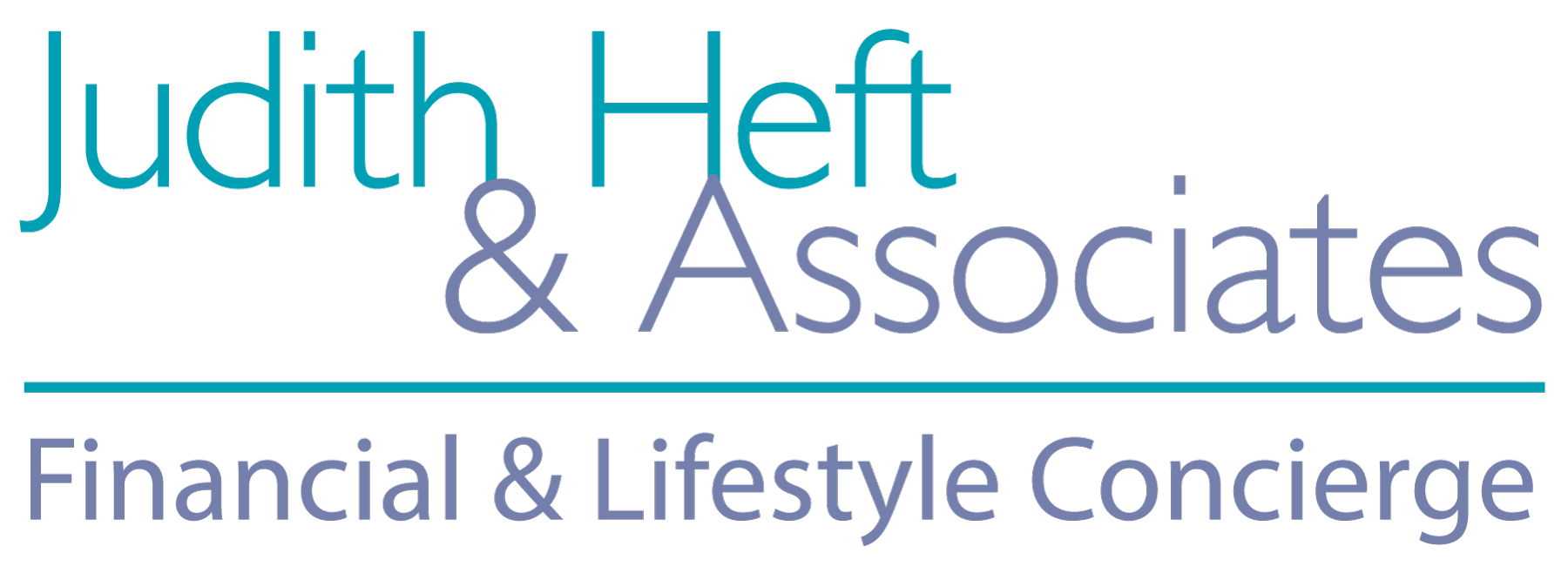In the old days, some 20 years ago, paying bills by check was the cheapest way. It avoided the fees associated with paying by phone, and in some cases, by wire.
Things have changed. Nowadays, it’s really not a good idea to mail any checks to anyone, especially the IRS. They can and do get lost and stolen all the time. Think of the goldmine of data that each check contains:
- Your name
- Account and routing number
- Your signature
- Your address and phone number
- The official name of your business
Scam artists can also alter the face of your check to do things like adding zeroes, changing the date, erasing a signature, etc. That’s why it’s always better to do it with the bill-pay function of your bank. Not to divulge too many trade secrets, but we pay all of our clients’ bills on their banks’ websites.
Then there’s the liability of having a ream of checks somewhere in your office. A friend of mine was telling me how she bounced a check with plenty of money in the bank. Evidently there were some old checks left from an account that had been closed. The bookkeeper they hired grabbed some of these checks and paid bills with them. All of the checks bounced, and though my friend was able to talk most of the vendors down from cash-only terms, one vendor was not swayed.
Some businesses pay their bills online but still do payroll with paper checks. The way I see it, that will just add chores to your to-do list every time an employee needs an important tax document — while online services make all documents available without you even knowing about it.
I’ve found that much of the anxiety people have about abandoning checks has to do with the setup. The setup can be daunting in the sense that it will send you searching for account numbers, and you’ll have to type them in, but no one said you have to do them all at once!
JHA lives and breathes account numbers and negotiating with vendors. Whether for a business or a household, or both, we can help you get it started. Contact us.


Recent Comments